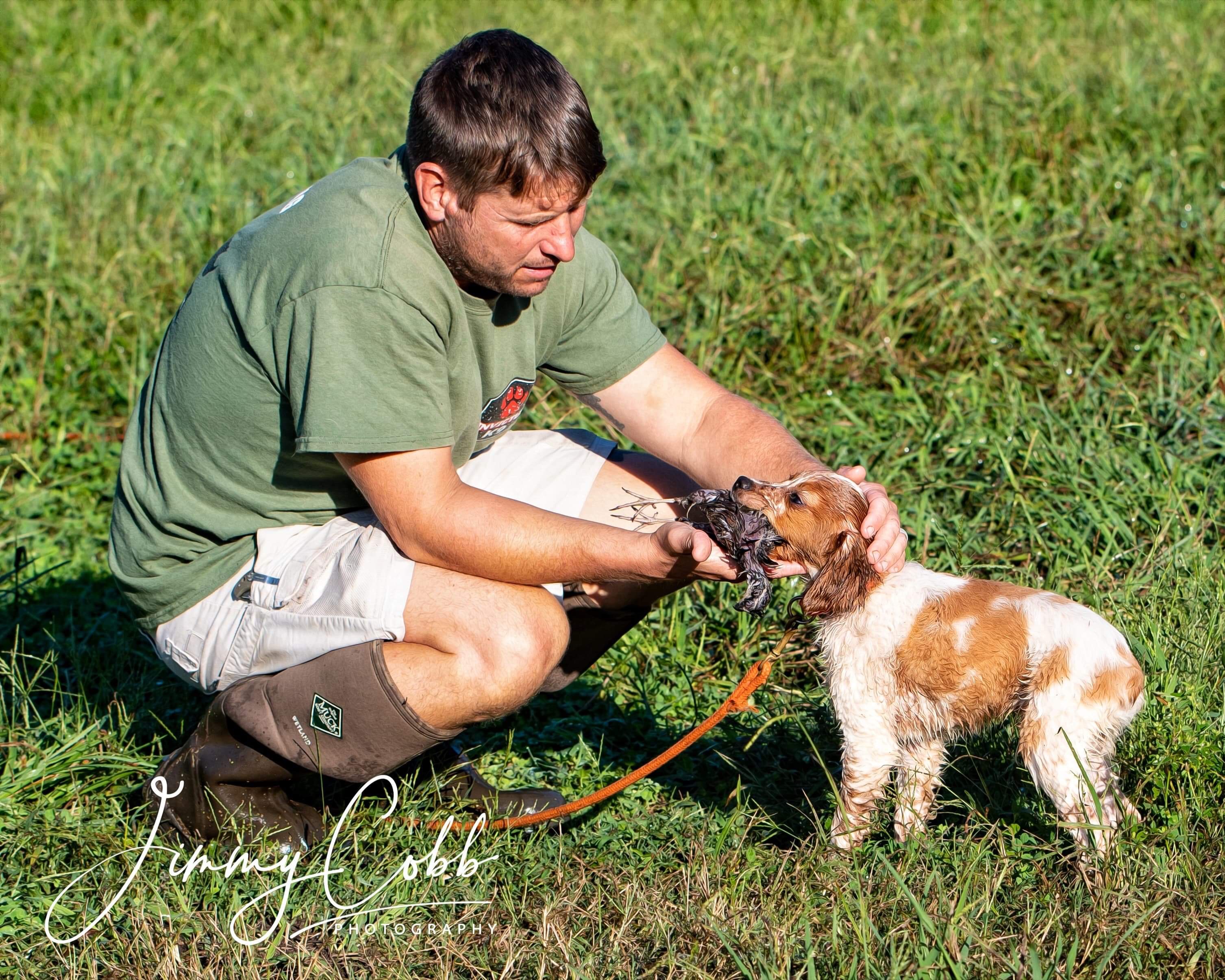Operant Conditioning as it Relates to Dog Training
“Learn the rules like a pro, so you can break them like an artist.” – Pablo Picasso
Operant Conditioning is a type of learning in which a behavior is strengthened (meaning, it will occur more frequently) when it’s followed by reinforcement, and weakened (will happen less frequently) when followed by punishment. Operant conditioning, coined by B.F. Skinner is based on a simple premise – that behavior is influenced by the consequences that follow. When you perform a behavior that is reinforced, you’re more likely to do it again. When you perform a behavior that is punished, you are less likely to do it again. For more detailed information about operant conditioning.
Read more: http://www.alleydog.com/glossary/definition.php?term=Operant%20Conditioning#ixzz3gRsPL1v0
Operant conditioning is the simplest way to explain why organisms act in certain ways and are the basis for the field of behavior modification. It is not a method, nor is it a system; it is a set of principles that we follow without choice. A strong understanding of the operant quadrants is liberating to a dog trainer. It is my opinion that understanding the rules of the game frees us up to follow our intuition, to operate on feel, to treat dog training as a form of creative expression. This can be intimidating to some people. I believe that the key to understanding operant conditioning is distilling it and allowing it to be simple. Take everything at face value.
Positive = Adding something to the equation
Negative = Removing something from the equation
Reinforcement = Making the behavior more likely to reoccur
Punishment = Making the behavior less likely to reoccur
That’s it! Don’t give any of the words any emotional value. Positive doesn’t mean happy. Negative doesn’t mean sad. Positive punishment often means the application of a painful stimulus and negative reinforcement often means removal of a painful stimulus. It can be counter-intuitive and confusing if we allow certain words to carry emotional baggage. Our job is to decide whether or not behaviors are desirable or undesirable and punish and reinforce accordingly.
In our next entry, we will discuss the practical application of these behavioral principles. Until then train hard and have fun.




